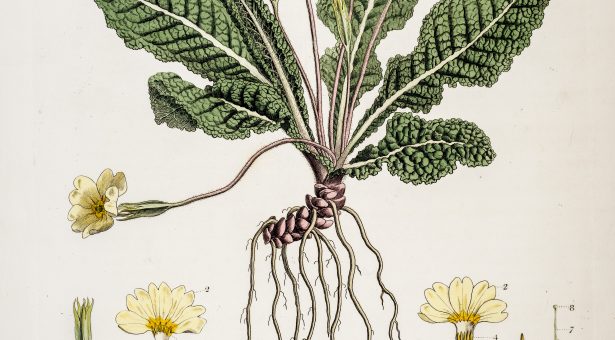Historical Collections images available through the Mary Evans Picture Library

A set of 101 historic images from the John Innes Historical Collections’ rare books have been digitised and are available online in the Mary Evans Picture Library.
This digitisation project, which took place in late 2014 was a collaboration between John Innes Centre photographer Andrew Davis, and Historical Collections Outreach Curator Sarah Wilmot, who digitised images of interest to the history of science community, as well as some particularly eye-catching pictures.
The result is a collection of images which well as covers the range of items housed in the John Innes Centre’s Historical Collections, including some unusual and unexpected. The earliest digitised images date from the sixteenth century.
The rare books collection is an important resource covering natural science, horticulture and botanical art across five centuries. By digitising the images and adding them to the Mary Evans digital library, they can now be accessed by lovers of botanical art, science history, gardening, plant diversity all over the world.
Scientists at the John Innes Centre regularly make use of the images in the collection. Enrico Coen’s group have been displaying the collection’s antique prints of the carnivorous bladderworts and pitcher plants they work on, investigating the development of cup shaped leaf traps.
Karen Lee, a Research Scientist in Coen’s group comments: “The Historical Collection is a treasure trove not only of beautiful botanical prints but of the stories of botanists who discovered carnivorous plants in the wild and created images of them without the modern microscopic tools we have at our disposal today. As scientists working on carnivorous plant development we feel a special link to the stories, images and observations from this earlier generation of botanic researchers.”
A hand-painted engraving of a similarly sinister carnivorous plant is now a part of the John Innes Centre collection within the Mary Evans Picture Library. The image is taken from the first report of “a new sensitive plant,” the Venus fly trap, or Dionaea muscipula. John Ellis, a Fellow of the Royal Society and a regular correspondent of Linnaeus, discovered a specimen of the plant on a 1770s trade voyage to the Americas. Ellis’ excited letter to Linnaeus details the habitat and appearance of the strange new plant, accompanied by this delicate and carefully coloured engraving.
This small selection of images gives only a glimpse of the diversity of the John Innes Historical Collections. Future additions to the selection will be tailored to the current interests of JIC science and the broad range of interests of the wider community.
The John Innes images are available for reproduction in projects from the commercial to the academic. The Mary Evans Picture Library specialises in preserving and distributing images of historical interest which display skill and creativity on the part of the artist, making them accessible to broad online audiences. As part of the Mary Evans project, prints and copies of the images are available at Prints-Online.
